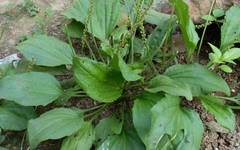Originally mountains and rivers, all plants have their uses. Every grass and tree in nature is a gift to humanity. We may pay more attention to flowers and herbs, but many wildflowers and grasses by the roadside also have magical properties.
You may have seen many of them before but not know their names. Today, let’s take a look at the medicinal herbs that grow by the roadside.
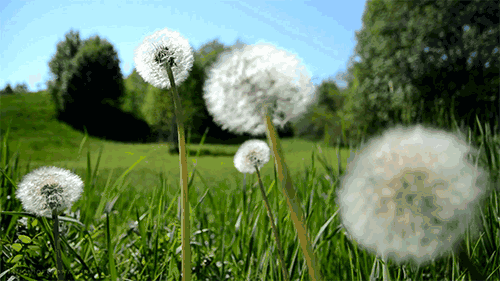
 「
「
Medicinal Herbs
」
The exploration of medicinal herbs by the Chinese people has a history of thousands of years. Legend has it that Shennong tasted hundreds of herbs and pioneered medicine, being revered as the “Emperor of Medicine”.
Traditional Chinese medicine (TCM) mainly consists of plant medicines (roots, stems, leaves, fruits), animal medicines (internal organs, skins, bones, organs, etc.), and mineral medicines. Since plant medicines make up the majority, TCM is also referred to as medicinal herbs. Currently, there are about 5,000 types of medicinal herbs used across various regions, and the number of formulas created by combining different medicinal materials is countless.
The application theory of TCM is quite unique. TCM has four qi (temperatures) and five flavors. The four qi, also known as four natures, refer to the cold, hot, warm, and cool properties of the herbs. The five flavors refer to the pungent, sour, sweet, bitter, and salty tastes of the herbs. The different qi and flavors of medicinal herbs lead to various therapeutic effects.
However, all medicines have some toxicity. Without professional guidance, do not attempt to use them on your own to avoid problems. Only under the guidance of a professional doctor can the magical powers of herbs be fully realized! Let’s take a look at the medicinal herbs around us!
Plantago (Che Qian Cao)
Plantago is highly adaptable and can be found everywhere in China, from the mountains to fields, roadsides, and riverbanks. It has a sweet taste and a cold nature. It has diuretic, heat-clearing, vision-improving, and phlegm-expelling effects.
It is primarily used for urinary obstruction, cloudy urine, leukorrhea, hematuria, jaundice, edema, dysentery, diarrhea, epistaxis, red and swollen eyes, throat obstruction, cough, and skin ulcers.
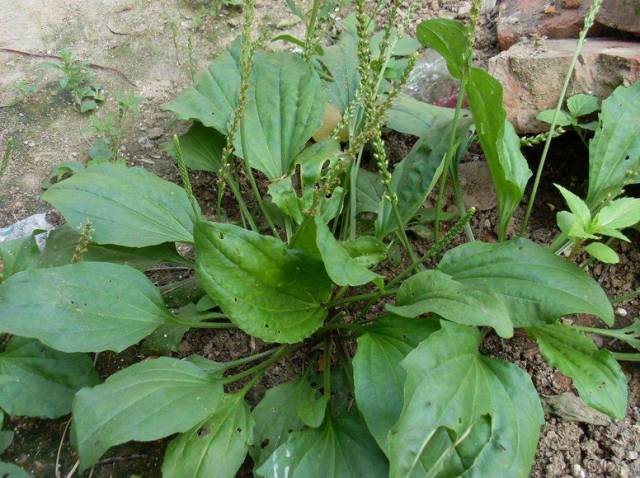
Honeysuckle (Jin Yin Hua)
Honeysuckle blooms in March, with five petals, a faint fragrance, and a red-tipped flower. When it first blooms, it is white, and after a day or two, it turns yellow, hence the name Honeysuckle. It is also known as the “Mandarin Duck Vine” because of its paired flowers that resemble a couple dancing together.
Honeysuckle has been praised since ancient times as an excellent medicine for clearing heat and detoxifying. It has a sweet and cold nature, is aromatic, and clears heat without harming the stomach. It can disperse wind-heat and clear blood toxins, effectively treating various febrile diseases such as fever, rashes, heat toxins, and sore throat.
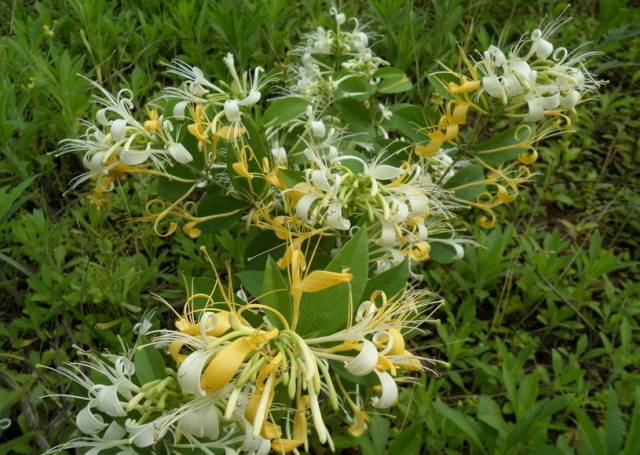
Dandelion (Pu Gong Ying)
Dandelion is a perennial herb in the Asteraceae family. Its seeds have a white crown that forms a fluffy ball, and after blooming, they are blown by the wind to new places to give birth to new life.
The dandelion plant contains various healthy nutrients such as taraxasterol, dandelion glycosides, and choline, which have diuretic, laxative, jaundice-reducing, and gallbladder-promoting effects. Dandelion also contains proteins, fats, carbohydrates, trace elements, and vitamins, making it highly nutritious. It can be eaten raw, stir-fried, or made into soup, serving both medicinal and dietary purposes.
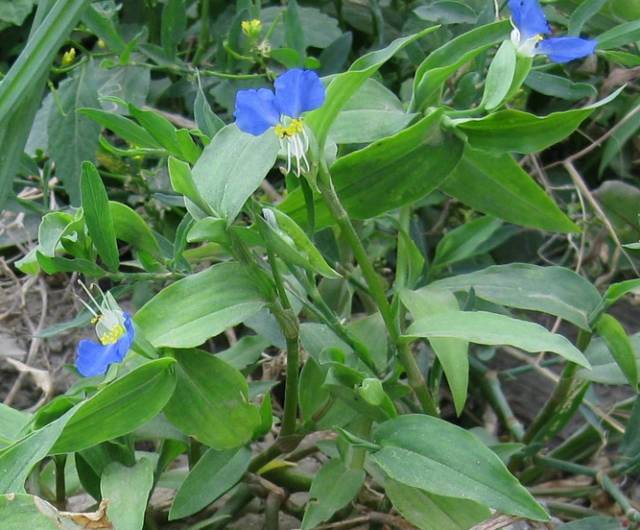
Duckweed (Ya Zhi Cao)
Also known as orchid grass or bamboo leaf grass, it has rare blue flowers. It is harvested in summer and autumn and dried.
It is used for colds and fevers, thirst due to heat, sore throat, edema with reduced urination, painful urination, and boils.

Chai Hu (Bupleurum)
Chai Hu has a slightly cold nature, a bitter and pungent taste, and enters the liver, lung, and spleen meridians. Its functions include releasing the exterior, draining heat, soothing the liver, and lifting yang energy. It is used for colds and fevers, alternating chills and fever, malaria, liver qi stagnation, chest and rib distension, prolapse of the rectum, uterine prolapse, and irregular menstruation.
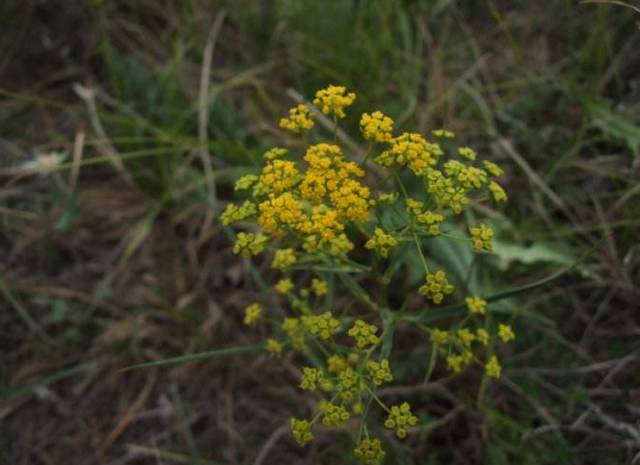
Mai Dong (Ophiopogon)
Mai Dong has a sweet and slightly bitter taste, and a slightly cold nature. It enters the heart, lung, and stomach meridians. Its functions include nourishing yin, generating fluids, moistening the lungs, and clearing the heart. It is used for dry cough due to lung dryness, yin deficiency cough, sore throat, thirst due to internal heat, insomnia, and constipation.
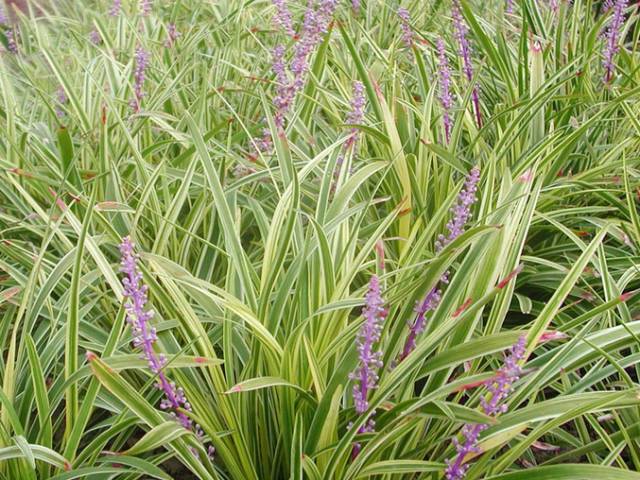
Snake Berry (She Mei)
The whole plant is used medicinally, having effects of clearing heat and detoxifying, promoting blood circulation, and stopping bleeding. It is also used for treating snake bites and for external application on boils. There are often discussions among flower enthusiasts about whether snake berries are edible; in fact, they have slight toxicity, but consuming a small amount is generally safe, although they have a poor taste.
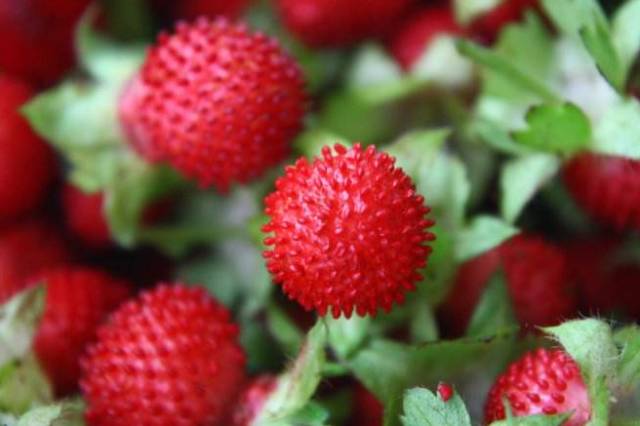
Yuzhu (Polygonatum)
Yuzhu nourishes yin, moistens dryness, relieves restlessness, and quenches thirst. It is used for heat diseases with yin injury, cough with thirst, deficiency fever, and frequent urination.
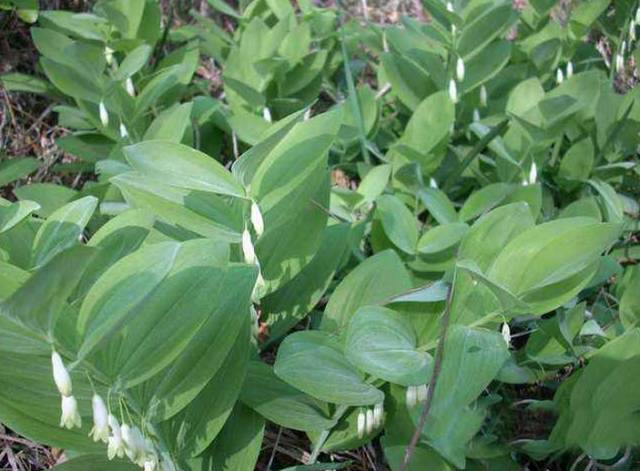
Sang Bai Pi (Mulberry Root Bark)
Sang Bai Pi is the bark of the mulberry tree root, with a sweet and cold nature, entering the lung meridian. Its functions include draining the lungs and relieving asthma, promoting urination, and reducing swelling. It is used for lung heat cough, facial swelling, and difficulty urinating.
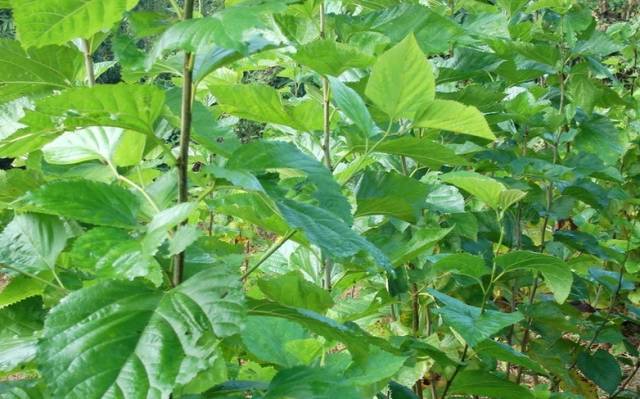
Mandrake (Man Tuo Luo)
Mandrake is toxic and serves as a sedative, relaxing muscles. It was a key ingredient in ancient anesthetics and various folk remedies, with different uses for its flowers, seeds, leaves, and roots to treat various diseases. Chewing ten seeds can help with insomnia.
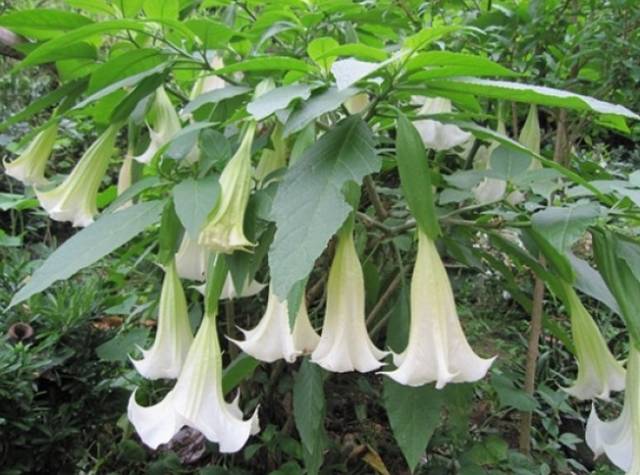
Ghost Needle Grass (Gui Zhen Cao)
When young, it can be eaten as a vegetable and is said to be effective in lowering transaminases. It can disperse liver heat.
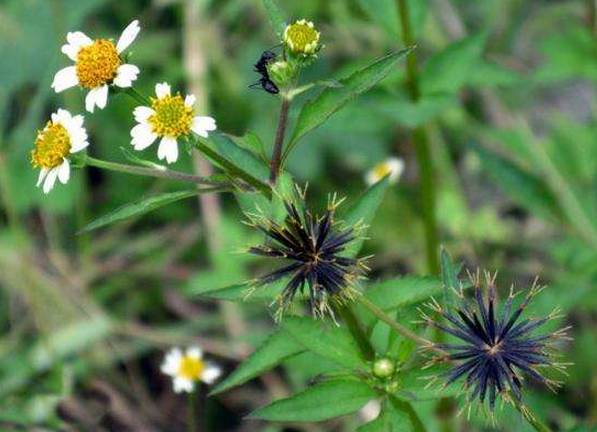
Bitter Herb (Ku Cai)
Bitter herb is the tender leaf of the Asteraceae plant. It has both medicinal and dietary uses. Known as “Bai Jiang Cao”, it is also called “Nü Lang Hua” and “Lu Chang Ma Cao”.
It has effects of clearing heat, cooling blood, detoxifying, brightening the eyes, harmonizing the stomach, and stopping cough. It is used for dysentery, jaundice, blood in urine, hemorrhoids, and cough.
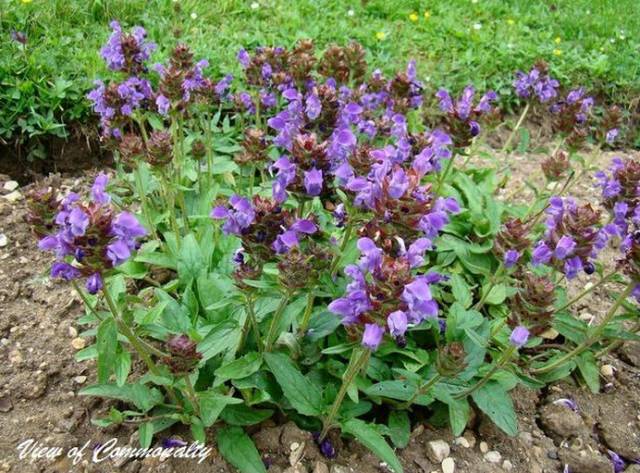
Stinging Nettle (Qian Niu Zi)
Stinging nettle can cause a prickly sensation when touched. It is often used in soups or fried with eggs and is quite tasty. It can treat children’s coughs and toothaches.
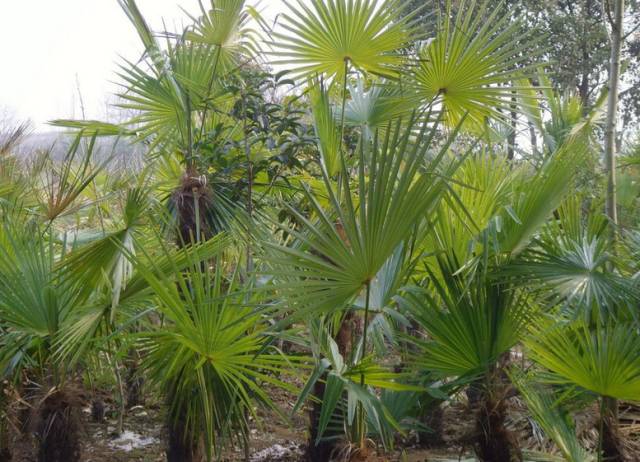
Dragon’s Bane (Long Kui)
Dragon’s bane is also a common wild vegetable, known for its heat-clearing properties and is often used for liver protection, stomach health, and vision improvement.
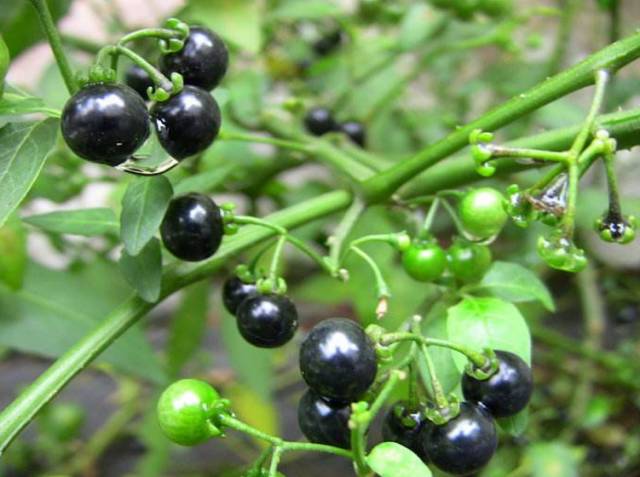
What a wealth of knowledge our ancestors must have gained through countless trials to discover so many ordinary yet miraculous medicinal herbs.
However, it is important to remind everyone to use these herbs under the guidance of a physician, as all medicines have some toxicity and should not be taken lightly!
Note: This article is for reference only; please follow medical advice for specific treatments and medications!This public account is for academic exchange only.
Want to learn more about TCM, medicinal herbs, and folk remedies? ▼ Click the card below ▼ to inquire!
For conditions like: back pain, gynecology, andrology, kidney tonification, lumbar disc herniation, back pain, leg pain, knee pain, cervical spondylosis, liver disease, stomach disease, constipation, frequent urination, diarrhea, abdominal protrusion, dysmenorrhea, breast hyperplasia, postpartum care, acne, gray hair, hair loss, skin diseases, age spots, aging, yin deficiency, colds, coughs, fevers, insomnia, stones, pharyngitis, sore throat, headaches, toothaches, snoring, oral ulcers, bad breath, rhinitis, tinnitus, eye diseases, thyroid issues, dandruff, athlete's foot, hemorrhoids, cold hands and feet, rheumatism, night sweats, cerebral hemorrhage, hypertension, diabetes, asthma, heart disease, cardiovascular diseases, fatty liver, gout, dementia, varicose veins, qi tonification, blood tonification, calcium supplementation, weakness, obesity, pediatric diseases, slim legs, slim waist, dampness, spleen strengthening, hiccups, body odor, cramps, smoking cessation, meridians, Chinese patent medicines, foot baths... and more.
Thank you for sharing and click to see more, good luck continuously!

